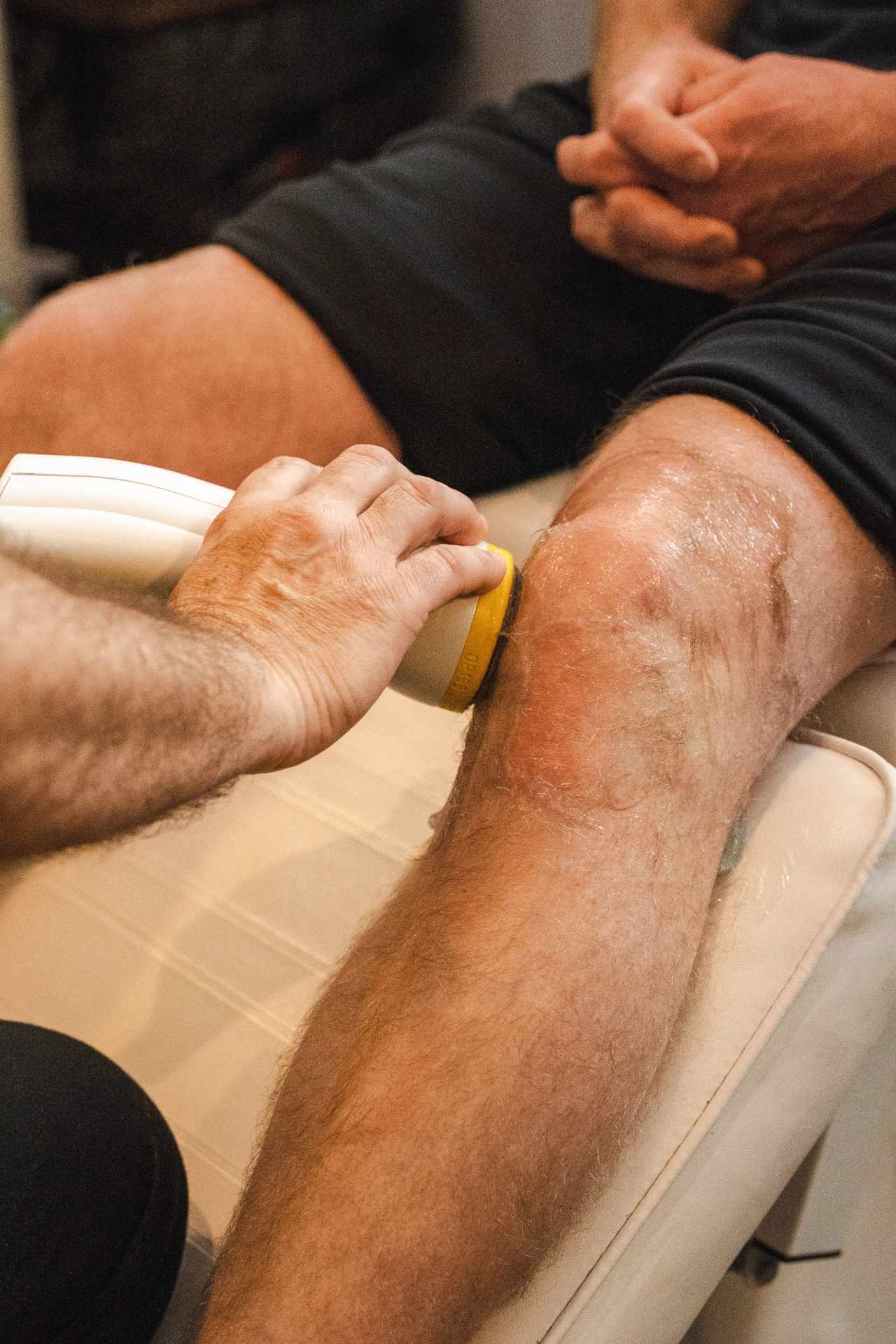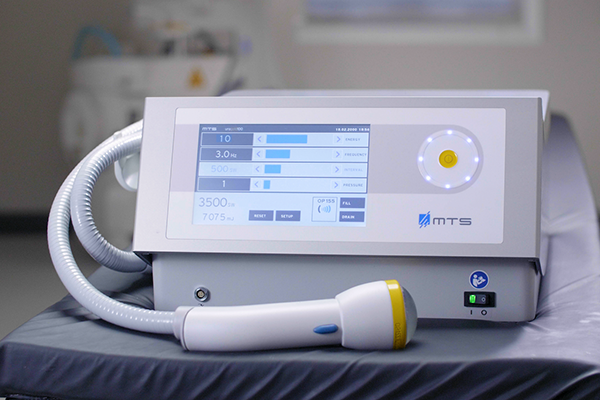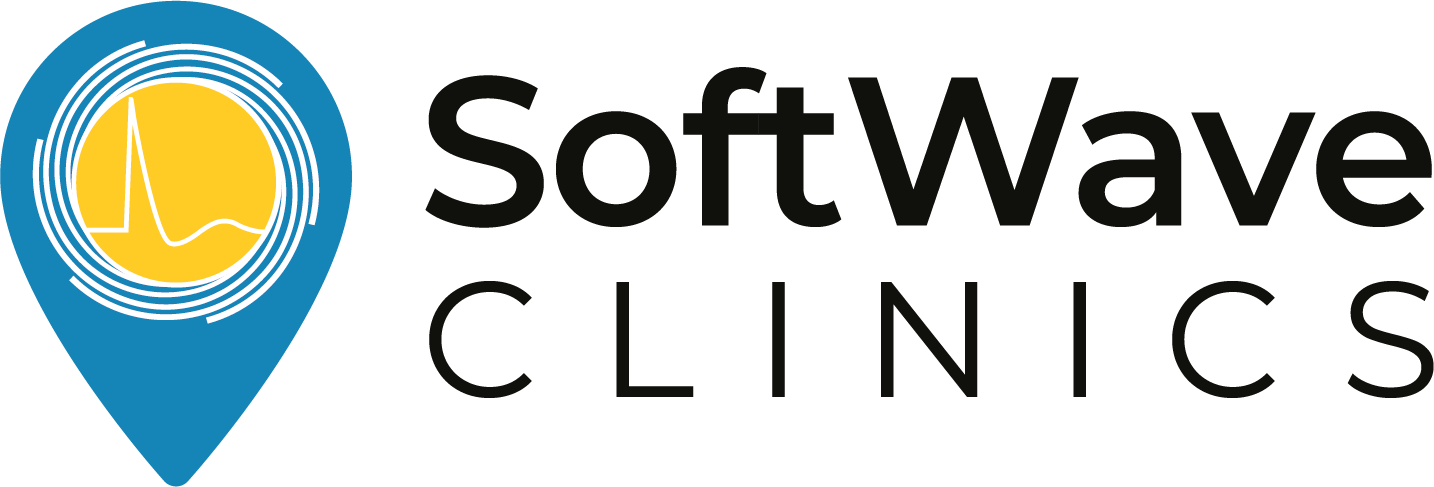In recent years, Shockwave and Laser Therapy have become widely recognized for their benefits in managing pain and promoting recovery in various conditions. Both are non-invasive options that aim to enhance the body’s natural healing process.
Shockwave therapy delivers acoustic waves deep into the tissue to stimulate recovery, particularly effective for chronic musculoskeletal conditions. In contrast, laser therapy uses light energy to target and alleviate pain in more superficial tissues. Discover the nuances of each and find out which might be the right fit for you in our detailed comparison ahead.
What is Shockwave Therapy? Mechanism and Applications

Shockwave Therapy is a form of treatment that employs the power of acoustic waves to target areas of the body that are experiencing pain or discomfort. These waves generate a force that interacts with the tissues, leading to biological effects that can promote and accelerate recovery.
Distinct types of shockwave therapy — including focused, radial, acoustic, and broad-focused shockwave therapy — harness different wave propagation techniques to generate a force that interacts with body tissues. Each methodology is designed to cater to different depths and types of tissue, leading to a range of biological effects that can promote and accelerate the body’s natural recovery processes.
The versatility of Shockwave Therapy means it’s used to promote recovery in a range of conditions, such as:
- Chronic Pain: Effective for persistent pain, Shockwave therapy offers deep tissue stimulation to help alleviate discomfort.
- Neuropathy: Symptoms like pain and numbness from nerve damage may find relief through improved circulation and healing encouraged by Shockwave therapy.
- Plantar Fasciitis: Frequently causing heel pain, this condition benefits from the targeted delivery of acoustic waves to reduce inflammation.
- Tennis Elbow and Golfer’s Elbow: Shockwave therapy aids these tendon injuries by reducing inflammation and promoting pain relief.
- Achilles Tendonitis: This treatment addresses inflammation in the Achilles tendon, promoting pain relief and tissue repair.
- Skin Conditions: Beneficial for burns and scar tissue, Shockwave therapy supports skin healing and regeneration.
- Calcific Tendinitis: It targets painful calcium deposits in tendons to improve mobility and decrease discomfort.
New Patient Special
Try SoftWave for just $69 at a clinic near you. No drugs. No surgery. Just relief.

What is Laser Therapy? The Basics and Therapeutic Uses
Laser Therapy, in contrast, employs focused light at specific wavelengths to achieve photobiomodulation (PBM), a process where light energy triggers photochemical changes at the mitochondrial level, promoting cell growth and repair. The light energy, which is absorbed by the cells, triggers biological processes that help to relieve pain and inflammation, promote circulation, and encourage tissue repair.
Common conditions treated with Laser Therapy include:
- Muscle Strains: Overstretching or tearing of muscles that can cause pain and swelling.
- Ligament Sprains: Injuries to ligaments, the fibrous connective tissues that link two bones together.
- Bursitis: The inflammation of the bursae, small fluid-filled sacs that cushion the bones, tendons, and muscles near the joints.
- Tendonitis: Inflammation or irritation of a tendon, often caused by repetitive, minor impact on the affected area.
- Neuropathic Pain: Pain caused by nerve damage or a malfunctioning nervous system.
Laser Therapy is also routinely used to support the body’s natural healing process post-injury or surgery, contributing to tissue repair and pain management.
Shockwave Therapy Vs Laser Therapy: Key Differences
When exploring non-invasive treatments for pain, it’s important to discern the primary differences between Shockwave and Laser Therapy. Both have their unique strengths, but they operate through distinct mechanisms, have different depths of tissue penetration, are indicated for various conditions, yield diverse timeframes for results, and vary in cost.
Therapeutic Processes
Shockwave therapy employs high-energy sound waves reaching deep tissues, stimulating blood flow and cellular repair, effective for both superficial and deep issues like calcific tendonitis. Laser therapy delivers photonic energy to superficial tissues, influencing mitochondrial activity, and beneficial for surface-level conditions.
Depth of Application
The depth at which these therapies act is a crucial factor in their effectiveness for different conditions. Shockwave Therapy is known for its ability to reach deep into the tissues, often up to several centimeters, making it ideal for more profound musculoskeletal issues that are not surface-level.
SoftWave therapy, a kind of broad-focused shockwave therapy, provides a wider and deeper tissue penetration (7cm x 12cm) compared to other forms of shockwave therapy, initiating the body’s innate repair processes gently and effectively.
Conversely, Laser Therapy is more suited for superficial applications as its penetration is considerably less, affecting tissues closer to the surface of the skin.
Applications
When it comes to applications, each therapy has its niche. Shockwave Therapy is typically employed for stubborn, chronic conditions such as plantar fasciitis, shoulder tendinitis, and other deep-seated issues, given its deep penetration. Laser Therapy finds its strength in treating acute injuries, promoting wound healing, and managing superficial pain, thanks to its ability to target surface-level tissues effectively.
Results
Shockwave therapy results accumulate over time, promoting self-healing with fewer sessions. Laser therapy may offer quicker pain relief but often requires more frequent sessions for full effectiveness.
Cost
Shockwave therapy sessions range from $100 to $500 and may require fewer sessions than laser therapy, which can cost from $30 to over $200 per session, potentially leading to a higher overall treatment cost due to the greater number of sessions needed.
New Patient Special
Try SoftWave for just $69 at a clinic near you. No drugs. No surgery. Just relief.

Making an Informed Choice Between Shockwave and Laser Therapy
Shockwave therapy is a standout choice for its deep tissue penetration and efficacy in treating a range of chronic conditions that respond well to its high-energy acoustic waves. These waves stimulate biological healing processes, showing significant promise in reducing pain and improving function, particularly in stubborn cases where other treatments may fall short. On the other hand, laser therapy’s appeal lies in its ability to promptly alleviate pain and promote healing in superficial tissues.
When deciding between shockwave and laser therapy, the choice ultimately comes down to individual needs and conditions. Consult with a healthcare professional who can provide personalized advice based on an accurate diagnosis and thorough understanding of your specific medical history. A detailed consultation can ensure that the selected therapy aligns with your health objectives, offering a clear path towards recovery.
FAQs About Shockwave and Laser Therapy

Are shockwave and laser therapies painful?
Shockwave therapy may cause slight discomfort during treatment, but it is generally well-tolerated. Laser therapy is mostly painless, with patients experiencing little to no sensation during the procedure.
Is there any downtime after undergoing shockwave or laser therapy?
Both treatments typically have no downtime, and patients can return to their normal activities shortly after a session. However, it’s always important to follow the specific guidance provided by your healthcare professional.
Are there any side effects associated with shockwave or laser therapy?
Side effects are generally minimal. With shockwave therapy, there may be transient redness, swelling, or bruising. Laser therapy side effects are rare but can include temporary discomfort or skin irritation at the treatment site.
The Best Shockwave Therapy for Pain
Are you looking for safe, reliable, and effective relief from pain?
SoftWave therapy is FDA-cleared, patented, and nationally recognized for its leading tissue regeneration technology. Unlike other types of high-energy shockwave treatments, SoftWave is the only shockwave therapy on the market that uses true broad-focused shock waves that treat larger and deeper areas of tissue.
Thousands of patients have experienced the benefits of SoftWave for plantar fasciitis, including:
- Little to no side effects
- Short treatment time
- Quick recovery
- Long-lasting results
Find a SoftWave Therapy provider near you or learn more about SoftWave and whether or not you’re eligible for full treatment today!
New Patient Special
Try SoftWave for just $69 at a clinic near you and learn if you’re a candidate for full treatment




